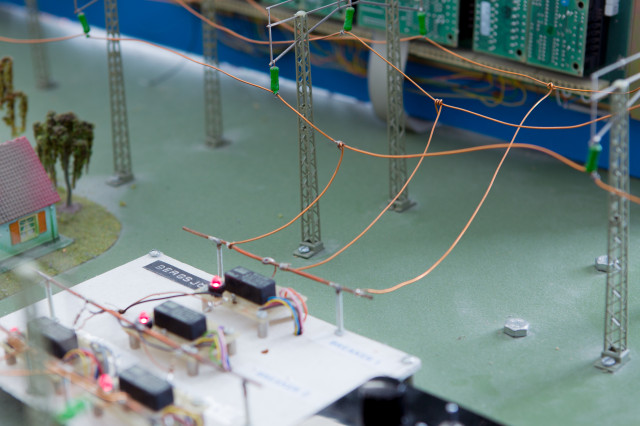The course covers, how electromagnetic disturbances arise and propagate in electrical systems, thereby influencing the constituent components and methods to reduce the disturbances.
Measurements in EMC (electromagnetic compatibility). Frequency dependence of electrical components. Conducted disturbances. Radiation from wires and apertures. Crosstalk between transmission lines. Shielding of electric and magnetic fields. Grounding. Laboratory work.
